The style of trading that works best for me is a combination of discretion and rules based systems. Sometimes I start with a framework of rules and then apply some discretion in the gray area between the rules. I see this as mostly systematic trading with some discipline and discretion. In other circumstances I start with a discretionary reason to trade, such as a favorable reward to risk ratio in either direction and then add structured rules to govern risk timing position sizing and exits. I think of this style as being artistic with the addition of structured discipline. In both cases I believe that both forms of trading are a type of craft knowledge.
Compare and Contrast Trading Styles
Understanding the differences between various trading styles can help one make informed decisions when entering the financial markets. This section will compare and contrast Scalping, Day Trading, Swing Trading, Position Trading, and Buy and Hold strategies, focusing on Risk Management, Profit Potential, and Time Commitment.
The Importance of Having a Trading Plan
Trade planning as a key success factor
It’s important to have a systematic trading process in planning your trades. In our weekly Owl Bundle on Thinkorswim user group Zoom meeting, an experienced trader shared how he plans on which symbols to trade the next day. I was very impressed with his systematic approach to trade planning starting first with an understanding of the market.
Efficiently Developing an Effective Trading Plan
Find the Movers using the "Godzilla"
Applied Systems Development Home Study Course
The Importance of the Initial Capital Preservation Stop
How To Avoid One of the Biggest Trading Mistakes
Understanding the Stealth Trade
Finding Trade Opportunities with Top Down Analysis
Let's use the Owl Bundle on Thinkorswim to identify short term trade opportunities, To achieve this, we will begin with a market view and then compare various sectors to identify the one with the most abnormal condition. Next, we will examine the top ten holdings within the chosen sector to determine which ones are in a compounded critical state that are about to pop higher or lower quickly. The Owl Bundle on Thinkorswim comes programmed with indicators and metrics developed by Dr. Ken Long, aimed at finding trading opportunities.
A Reflection on Trend Following
Trend following is one of the most powerful practical trading strategies available to you as an individual trader. It is suitable for multiple time frames and multiple markets. In a very real sense, all trading strategies regardless of time frame incorporate some aspect trend following except for purely random entry systems.
Understanding What Contributes to Your Trading Results
Analyzing Trade Results
Analysis of Last Week's Find the Movers trades
The Essence of Relative Strength
The simplest way to assess relative strength is to divide price by price to develop a relationship on the current price and compare that relationship through time. It can be normalized on a scale of 0 to 100 were treated as a raw unbounded number. Normalizing on a scale of 0 to 100 allows for consistency and simplifies the comparison between different instruments against an index or against each other.
How To Find Intraday Trading Targets
Volatility is actually one of the trader’s best friends, because it’s a clear measure that a financial instrument is moving. And isn’t that what we want? To find things that are moving, so we can sell much higher than we bought or vice versa? If a stock isn’t moving, if it doesn’t have volatility, this can be a frustrating endeavor. By finding stocks and ETFs that have a high volatility, what we call ‘finding the mover’, we’re able to be ready for a larger move that we can capitalize on with our trading techniques and proper risk management.
Information Sources for Core Trading
Find the movers 2/24/2023: NKE and TSLA
When using the Owl Bundle on Thinkorswim to identify trade opportunities, we adopt a "Logic chain" approach that involves analyzing sectors and the symbols within them. To do this, we examine the S&P500 sector ETFs and rank them according to Rstat/MyRisk from highest to lowest. In our analysis, XLY, XLK, and XLC emerged as the top three symbols




















